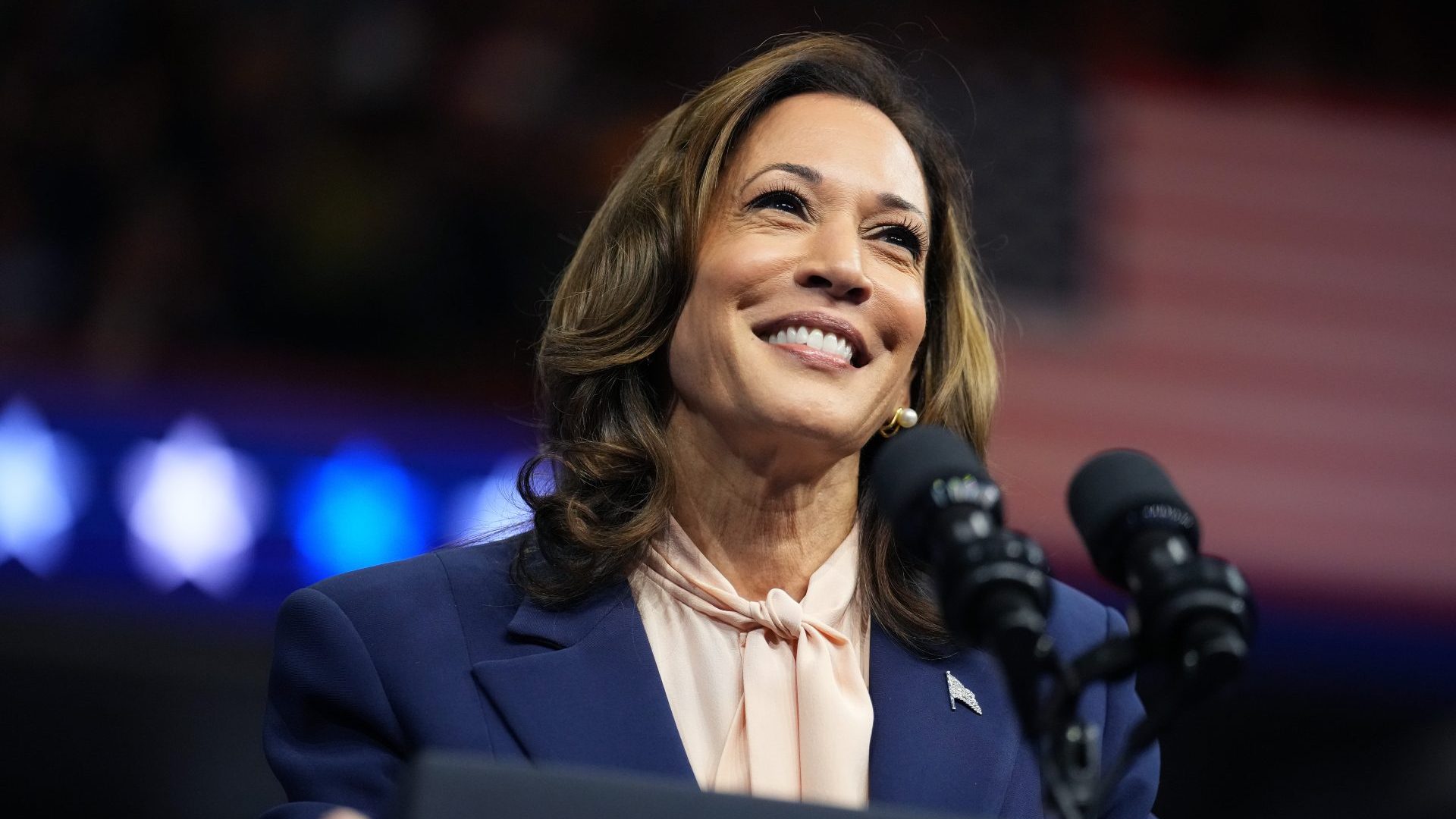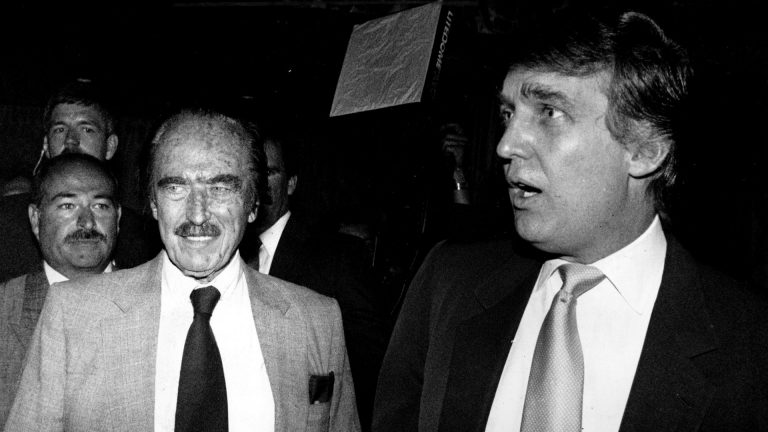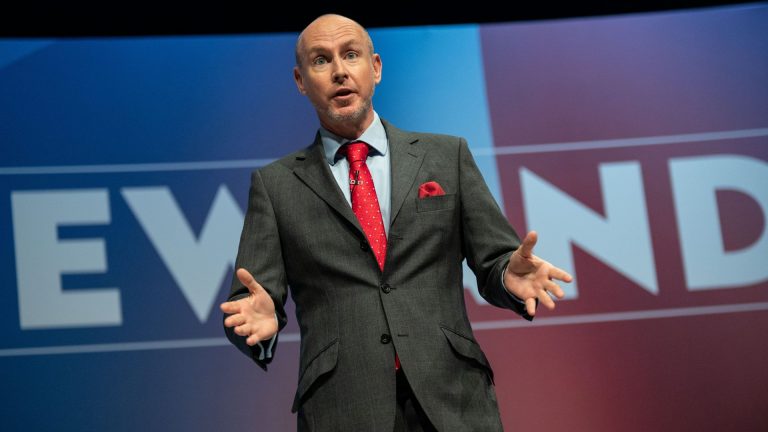When does a poll “bounce” become a “wave”? This is not the question US Democrats thought they would be asking themselves a month or so ago, but in the wake of a textbook transition from Joe Biden as candidate to Kamala Harris followed by an equally smooth rollout of Tim Walz as her Vice Presidential running partner, everything is picking up for the Democrats.
Kamala Harris has the lead in the national polls. Swing states are once again toss-ups. Donations have absolutely surged, as has enthusiasm among younger voters. Even the media is struggling to write a negative story – switching candidates has so far gone better than anyone had imagined (and certainly better than I thought it might).
That might explain why Donald Trump felt compelled to give his first actual press conference in months last night, at his “winter White House”, Mar-a-Lago. But despite his best efforts, Trump – who looked tired and far paler than his usual radiant orange – could do little more than toss out half-hearted repeats of his greatest hits.
He boasted of attracting a bigger crowd for his speech before the January 6th riots than Martin Luther King had ever managed. He once again confused the concept of asylum seekers with the actual mental health facilities once known as “asylums”. He called Kamala Harris and Tim Walz radical extremists.
But it was all the same old songs that people had heard too many times before – and there is currently a new band in town. Trump’s press conference might have reminded the media that Harris has been reluctant to go off-script or take many questions, but it will have virtually no cut through beyond that.
Between the current Democratic unity and the success of the “weird” attack on Trump and his bizarre sofa-surfing VP pick J D Vance, team Trump is flailing, as is Trump himself – like the weird, oversized toddler that he is.
The trouble is that, as any parent has learned the hard and painful way, eventually a flailing toddler hits a vulnerable spot, and it hurts just as much as if they’d targeted it deliberately. There are still three months between today and election day, and no narrative has ever survived even a third of that – one way or another, there will be more plot twists between now and election day.
One obvious potential source of trouble is the economy. A large chunk of America’s voters, including some who otherwise don’t like him, credit Trump with economic success and growth in the country, even though both jobs growth and economic growth have been better under Biden.
If the stock market were to crash or the economy to otherwise stall between now and November, the momentum could shift back. Other hazards include the Republicans hitting on an effective attack line against Harris and then sticking to it in the way they managed against all of their other rivals in the last decade. Harris has so far looked like an entirely different candidate than she was in 2020, and an order of magnitude better. But there is still time for the current Democratic unity to fracture, as it has so many times before.
None of that is to dampen the genuine achievement of the Democrats in the last month, who have returned the race to where it was before Biden tanked his own chances in the debate.
Kamala Harris is ahead in the national vote and competitive in the key swing states, which is a slightly better position than Biden was in before the debate. She has more money, more enthusiasm behind her, and she has the momentum with her. So far, the naysayers are being proven wrong.
Three months is an awfully long time to keep that up, and even though it is fair to call the poll boost a “wave” – meaning it sustains – that does not mean it will carry her through to the presidency.
American newsrooms spend more time, money and effort than anywhere else in the world obsessing over (usually terrible quality) polls and forecasts of the election to come.
Despite all that money, the forecasts are always overly skewed by recency bias and the current state of the polls. Things look better for the Democrats, and in a way suggesting something fundamental has shifted. But it could still be very, very close indeed.










